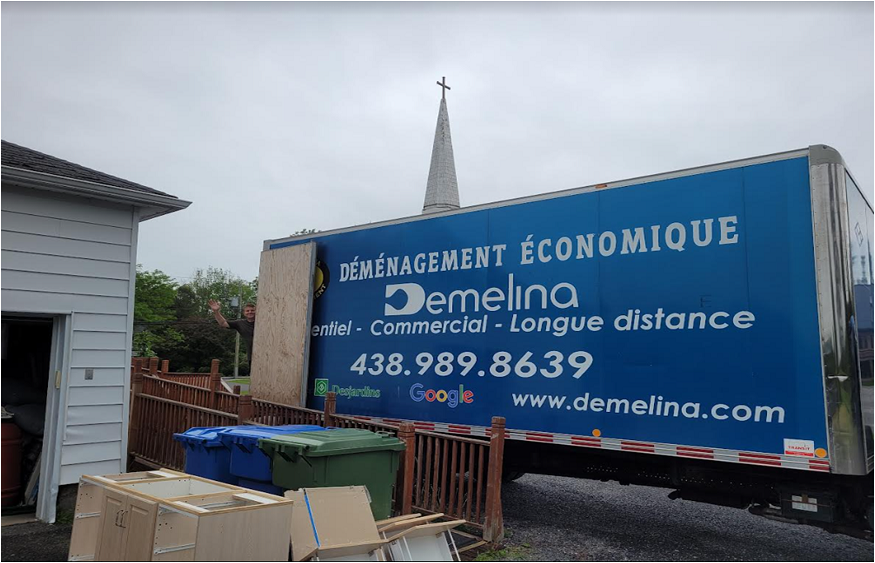Relocating presents a significant financial undertaking. Understanding the various cost factors is crucial for budget-conscious moves for individuals and companies. This exploration details the primary cost drivers in the moving industry, focusing on moving distance, volume/weight, timing, and packing supplies. It also offers key strategies to help individuals manage these expenses effectively for a smoother transition.
1.The Choice of Your Mover
This can range from direct expenses like transportation and packing to indirect and often hidden fees, as well as potential costs associated with damages due to inexperienced handling.
A professional and transparent moving company like Meridian Movers will provide detailed, potentially binding estimates, offering cost certainty, though their upfront fees might be slightly higher. Your mover’s strategic choice is an investment against financial risks from unexpected charges or unclear liability. Though intangible, the peace of mind from clear communication and honest service is valuable in the overall cost-benefit analysis, potentially saving significant stress and expense in the long run.
2.Moving Distance
Moving distance is a primary determinant of relocation costs. Local moves, typically within the same metropolitan area, are often priced hourly, encompassing labor and regional travel. Long-distance moves, however, are calculated based on the weight or volume of belongings and the total mileage.
Fuel costs, tolls, and potential permits for interstate travel significantly impact long-distance expenses. Regulations regarding driver hours for long hauls can also influence labor costs and timelines. Understanding the distinction between local and long-distance pricing structures is crucial for budgeting accurately.
3.Volume/Weight of Belongings:
The volume and weight of belongings directly correlate with relocation costs. A larger quantity of items necessitates a larger truck and increased labor, leading to higher expenses. For long-distance moves, the weight of the shipment also affects fuel consumption.
Providing movers with an accurate inventory is vital for precise estimates; underestimating can lead to unexpected charges. Conversely, reducing the volume and weight through decluttering lowers moving expenses, as a smaller load requires less space and labor.
4.When to Move (Timing):
The timing of the move significantly affects pricing. Peak seasons, such as late spring to early fall, the end of the month, and weekends, experience higher demand, leading to increased rates. Weather conditions can also influence costs, with inclement weather potentially slowing down the process and growing labor charges.
Different seasons can present logistical challenges, and moving on or around significant holidays often incurs premium fees due to limited availability.
5.Cost of Packing Supplies:
The cost of packing supplies is a tangible expense in relocation. That includes boxes of various sizes, essential packing materials like bubble wrap and tape, and specialized materials for fragile items.
While movers often offer packing services, including supplies, ensuring you hire a reliable company guarantees sufficient quality for adequate protection. Comparing the cost of mover-provided versus self-sourced supplies is a key step in budget management.
In conclusion, navigating relocation costs effectively requires a thorough understanding of the key factors that drive pricing, specifically moving distance, the volume and weight of belongings, the timing of the move, and the cost of packing supplies. By carefully considering these elements and implementing innovative, proactive strategies such as obtaining multiple quotes, maintaining flexibility with dates, decluttering possessions, and comparing supply options, individuals can achieve a more budget-conscious and less stressful relocation experience to their new destination.


